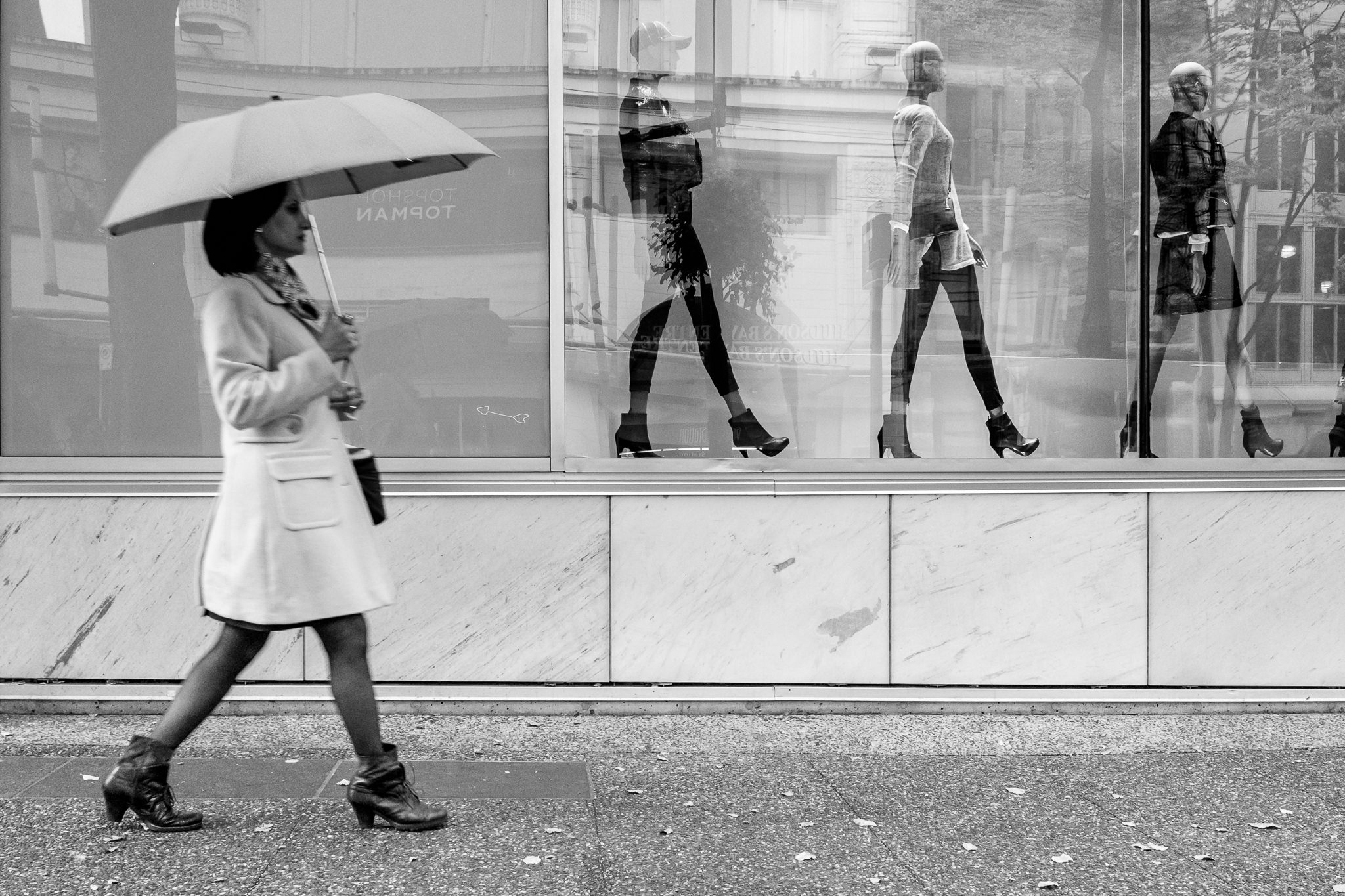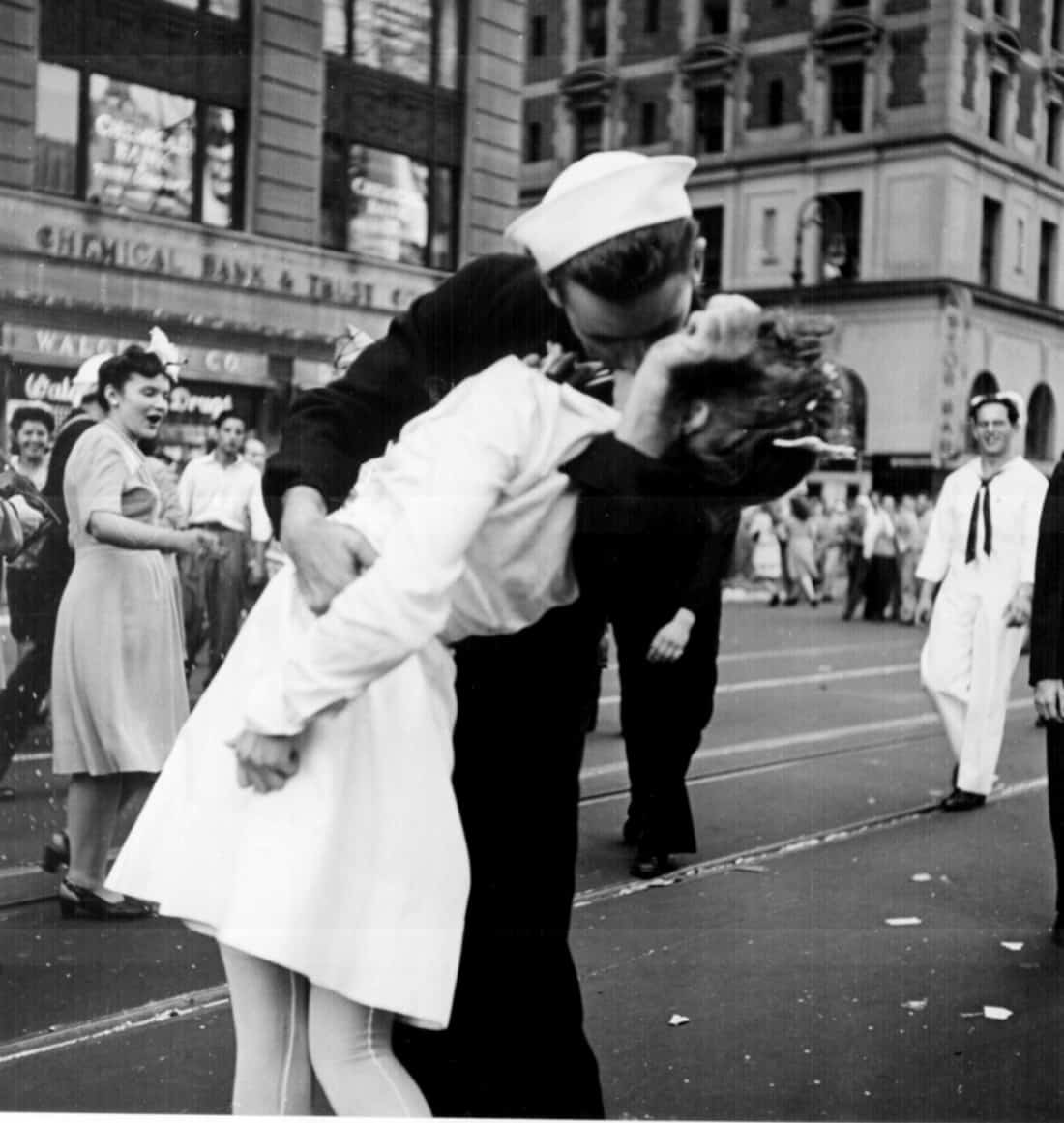Framing Streets Fundamentals Explained
Table of ContentsGet This Report about Framing StreetsFraming Streets - TruthsEverything about Framing StreetsThe 7-Minute Rule for Framing StreetsFraming Streets Things To Know Before You Get ThisFraming Streets Things To Know Before You Buy
, typically with the objective of capturing photos at a decisive or emotional moment by careful framing and timing. https://www.gaiaonline.com/profiles/framingstreets1/46535055/.
, that was inspired to carry out a comparable paperwork of New York City. As the city established, Atget helped to advertise Parisian streets as a deserving topic for photography.

Getting My Framing Streets To Work
Martin is the first recorded digital photographer to do so in London with a disguised cam. Mass-Observation was a social study organisation established in 1937 which aimed to record daily life in Britain and to record the responses of the 'man-in-the-street' to King Edward VIII's abdication in 1936 to wed divorce Wallis Simpson, and the succession of George VI. The chief Mass-Observationists were anthropologist Tom Harrisson in Bolton and poet Charles Madge in London, and their first report was generated as guide "May the Twelfth: Mass-Observation Day-Surveys 1937 by over two hundred onlookers" [] Window cleaner at Kottbusser Tor, Berlin, by Elsa Thiemann c. 1946 The post-war French Humanist Institution professional photographers located their subjects on the street or in the restaurant. Andre Kertesz.'s widely admired Images la Sauvette (1952) (the English-language version was titled The Decisive Minute) promoted the concept of taking an image at what he described the "crucial moment"; "when kind and material, vision and composition combined right into a transcendent whole" - copyright Camera.
Framing Streets Can Be Fun For Everyone
, then an instructor of young kids, linked with Evans in 193839.'s 1958 publication,, was considerable; raw and typically out of emphasis, Frank's pictures examined traditional digital photography of the time, "challenged all the formal policies laid a knockout post down by Henri Cartier-Bresson and Pedestrian Evans" and "flew in the face of the wholesome pictorialism and sincere photojournalism of American publications like LIFE and Time".